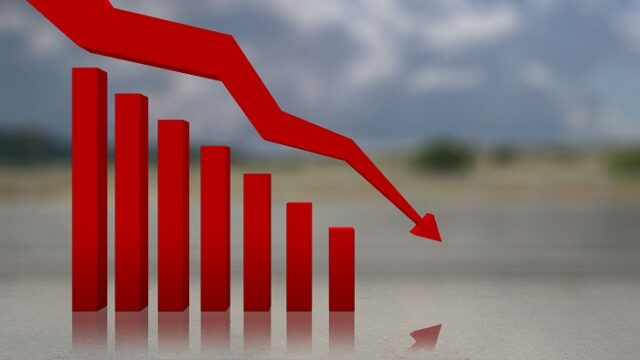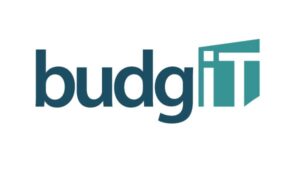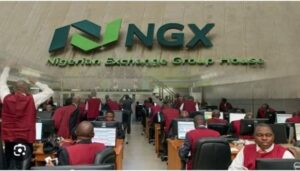JUST IN: Nigeria’s inflation rate dropped to 22.22% in June – NBS
Headline inflation in Nigeria moderated in June 2025, easing to 22.22 per cent compared to 22.97 per cent recorded in May 2025.
The National Bureau of Statistics (NBS) disclosed this in its latest Consumer Price Index (CPI) report, released on Wednesday. According to the Bureau, the year-on-year figure represents a 0.75 percentage point decline from the previous month and a significant 11.97 percentage point drop when measured against June 2024, when inflation stood at 34.19 per cent.
This decline in annual inflation comes amid the adoption of a rebased index, with 2024 as the new base year.
However, on a month-on-month basis, inflation continued to accelerate, rising to 1.68 per cent in June compared to 1.53 per cent in May. This indicates that while the pace of price increases is slowing in annual terms, prices are still rising faster from one month to the next.
According to the report:
“The Consumer Price Index rose to 123.4 in June 2025, reflecting a 2.0-point increase from the preceding month’s 121.4. In June 2025, the Headline inflation rate eased to 22.22 per cent relative to May 2025’s 22.97 per cent. Looking at the movement, the June 2025 Headline inflation showed a decrease of 0.75 per cent compared to the previous month.”
On an annual basis, the headline rate was 11.97 percentage points lower than in June 2024:
“This shows that the Headline inflation rate decreased in June 2025 compared to the same month in the preceding year, though with a different base year (November 2009 = 100).”
Food inflation also saw a significant annual decline, falling to 21.97 per cent year-on-year in June, down sharply from 40.87 per cent in June 2024. This marked reduction has been largely attributed to the base year effect.
Month-on-month, however, food prices rose further, climbing to 3.25 per cent in June from 2.19 per cent in May. The main drivers were price increases in staples such as tomatoes, pepper, dried green peas, crayfish, shrimps, meat, plantain flour, and ground pepper.
For the twelve-month period ending June 2025, average annual food inflation was 28.28 per cent, a 7.02 percentage point reduction compared to the 35.3 per cent recorded over a similar period the year before.
Core inflation, which excludes volatile items like food and energy, declined year-on-year to 22.76 per cent in June 2025, down from 27.4 per cent in June 2024.
However, on a month-on-month basis, core inflation increased sharply to 2.46 per cent, compared to 1.10 per cent in May, highlighting renewed price pressures in non-food categories.
The twelve-month average core inflation stood at 24.14 per cent in June 2025, slightly above the 24.01 per cent recorded during the same period in 2024.
The report also revealed differing trends across urban and rural areas.
-
Urban inflation eased to 22.72 per cent year-on-year, compared to 36.55 per cent in June 2024. Month-on-month, it rose to 2.11 per cent, up from 1.40 per cent in May. The twelve-month average declined to 28.16 per cent.
-
Rural inflation similarly fell to 20.85 per cent year-on-year, down from 32.09 per cent. On a month-on-month basis, rural inflation slowed to 0.63 per cent in June from 1.83 per cent in May. The annual average rate for rural areas was 24.65 per cent.
State-level data showed considerable disparities:
-
Borno State recorded the highest year-on-year all-items inflation at 31.63 per cent, followed by Abuja (26.79 per cent) and Benue (25.91 per cent).
-
The slowest increases were reported in Zamfara (9.90 per cent), Yobe (13.51 per cent), and Sokoto (15.78 per cent).
On a month-on-month basis:
-
The sharpest increases occurred in Ekiti (5.39 per cent), Delta (5.15 per cent), and Lagos (5.13 per cent).
-
Zamfara, Niger, and Plateau recorded declines of 6.89, 5.35, and 4.01 per cent, respectively.
Food inflation by state revealed that:
-
Borno experienced the most severe year-on-year food inflation at 47.40 per cent, followed by Ebonyi (30.62 per cent) and Bayelsa (28.64 per cent).
-
The slowest rates were observed in Katsina (6.21 per cent), Adamawa (10.90 per cent), and Sokoto (15.25 per cent).
Month-on-month food inflation increased most rapidly in Enugu (11.90 per cent), Kwara (9.97 per cent), and Rivers (9.88 per cent), while Borno (-7.63 per cent), Sokoto (-6.43 per cent), and Bayelsa (-6.34 per cent) recorded notable declines.
According to the NBS, the main divisions contributing to headline inflation were:
-
Food and non-alcoholic beverages
-
Restaurants and accommodation services
-
Transport
-
Housing, electricity, gas, and other fuels
-
Education
-
Health
-
Clothing and footwear
While the decline in annual inflation suggests some stabilization in macroeconomic conditions, the persistent rise in monthly inflation underscores that Nigerian households continue to grapple with significant cost-of-living pressures.













Post Comment